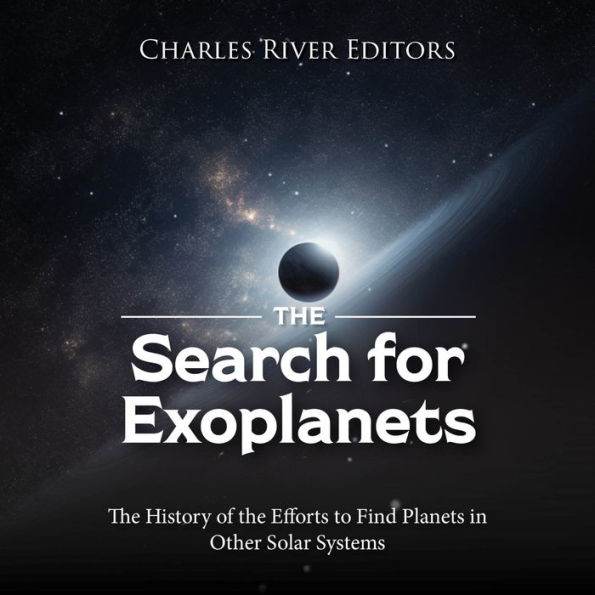While modern technology has helped astronomers view the furthest reaches of the Solar System, it has also allowed scientists to start discovering planets orbiting distant stars. To make it easier to assess the relative mass and size of the new planets being discovered, scientists give these measurements as multiples of those properties for either Jupiter or Earth. In other words, if the planet is the same mass as Jupiter, then this measure would be listed as 1.0 MJ. If it were three times the mass of Earth, then it would be listed as 3.0 MEarth. The sizes of exoplanets are frequently given by expressing their radii as multiples of Jupiter's radius or as multiples of Earth's radius, RJ and REarth, respectively.
Of course, given the immense distances involved, detecting exoplanets has always been hard, even to this day. The variations of light that might be evidence of an exoplanet can be caused by other phenomena, and separating the false positives from the actual detections is part of the rigor required by modern planet hunters. For example, in July 1988, a Canadian team led by astronomers Bruce Campbell, Gordon Walker, and Stephenson Yang discovered persistent indications that a planet orbited the primary star in the Gamma Cephei system, 44.98 light-years (13.79 parsecs) from the Earth. Though the technique they used was successfully employed in many subsequent discoveries, the quality of their data was insufficient for others to verify as unequivocally the result of an extrasolar planet. For reasons of poor data quality, the claimed discovery of Gamma Cephei Ab was retracted in 1992.
The first confirmed discovery of an exoplanet involved a system that surprised most planet hunters. While most astronomers had been looking to find planets orbiting stars in the main sequence (between infancy and old age) or in their old age (giant phase), the first confirmed planets were found to orbit a dead star.




